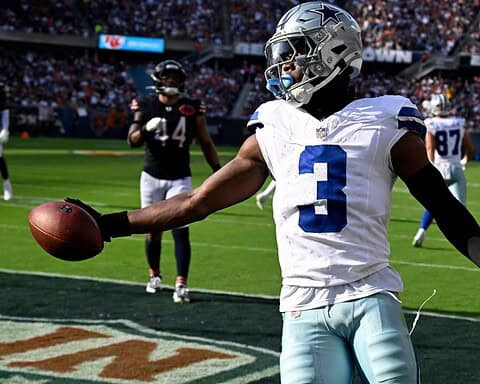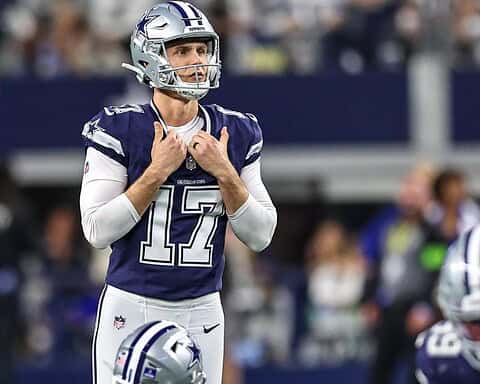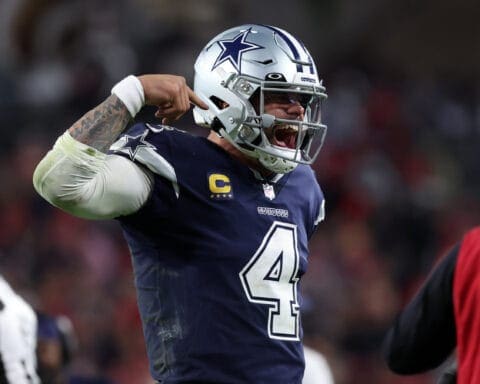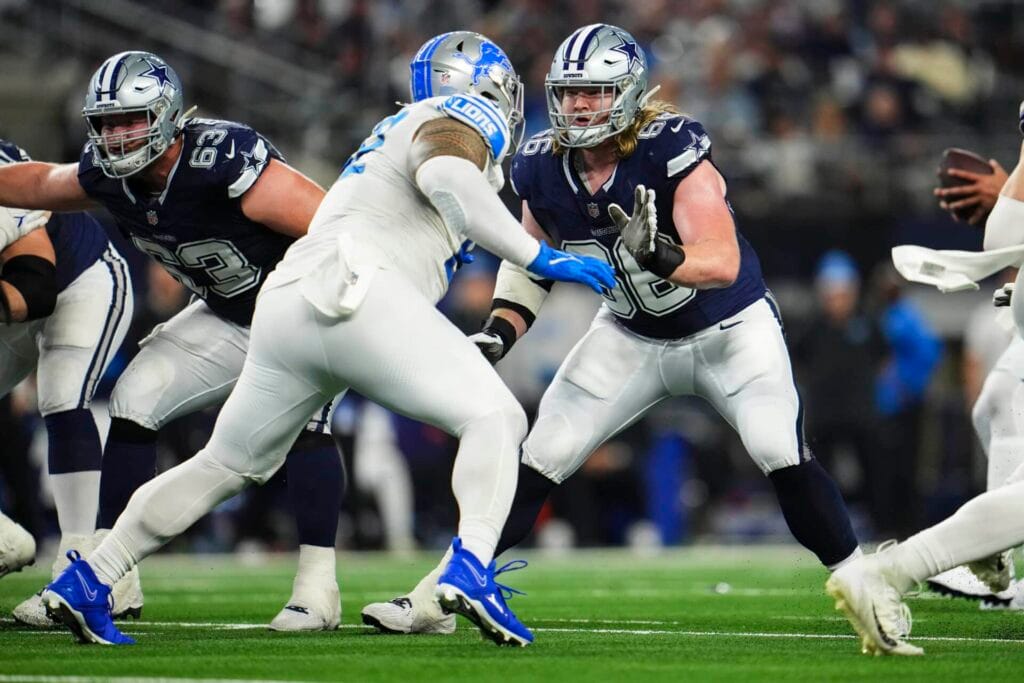A recent report indicates that at least some NFL owners are becoming alarmed at the recent contracts for quarterbacks.
The solution they are considering is a salary cap on the position. If a salary cap within a salary cap sounds crazy, well, welcome to the NFL.
As of today, the top 16 NFL contracts – by annual salary – belong to quarterbacks.
Only three of them have won a Super Bowl with Patrick Mahomes being the highest-ranked quarterback with a ring by salary.

And he is ninth on the list. Only three of the eight players ahead of him have played in a Super Bowl.
The highest paid quarterback – for now – is Trevor Lawrence.
In his fourth year he will be paid $55 million a year. He has a 1-1 postseason record and failed to reach the playoffs in two of his three years.
In other words, the Jaguars are paying him on his potential.
And he’s not the only quarterback getting paid on that basis, instead of actual accomplishment.
The problem is only expected to get worse with Dallas’ Dak Prescott demanding $60 million a year – and he has a 2-5 postseason record.
The Salary Cap
Back in 2013, the cap was around $123 million. This year it will be close to $225 million.
Which means the Jaguars have committed about 25% of their cap to one player – on a 53-man roster.
If any team writes Prescott a check for what he’s asking that’s well over 25% of the cap gone.

And therein lies the owners’ concerns. If quarterback salaries continue to skyrocket there will be less to spend on the rest of the team.
The one issue that is likely holding up the installation of a quarterback salary cap is that so many owners have already tossed a large pile of cash at their team’s quarterback.
A specific cap on just the quarterbacks now doesn’t help roughly half the league at this point.
So, it seems unlikely such a cap will ever come into play. But is there another option?
Actually, there is.
Whether or not the NFLPA would get on board remains to be seen.
Performance-Based Pay
Here’s an idea making the rounds – one I’ve been calling for over the last two decades – but I suspect the NFLPA would have a conniption over.
Every NFL player starts off with the same base salary. One option allows for some positions to start off with higher base salaries than others.
But either way, there is a base salary to start.
After that, the salaries are determined by performance. Mostly on the field but other factors can be added of course.
It would require a formula to be created for the teams to use when it comes to generating paychecks.
And the formula would have to ensure that every penny of the players’ revenue shares are paid out.
That means the formula would not only be stats-based, those stats would have to be converted into percentages of the fund.
Which stats would be counted, and what percentage would be assigned to each, is a task for smarter people than me.
I tried to come up with a basic concept with some numbers for this post. I gave myself a migraine for my efforts.
Money Enough For All
Multiplying the individual team cap by 32 we see that over $7 billion dollars will be spent on NFL rosters in 2024.
With roughly 1,700 players to divide that among, there’s plenty of money for everyone.
In case you’re wondering, that averages out to a little over $4 million per player, per year. In other words, there’s plenty of money to go around for people playing a game.
A performance based salary would reward players for playing well. It might also make the game’s participants play for championships, instead of checks.
The biggest stumbling block to this concept is the players’ union.
They aren’t interested in championships – or rewarding results. They just want the money – regardless of it being deserved or not.
But the one undeniable fact in this subject is that the rising quarterback salaries cannot be sustained.
Whatever the solution ultimately becomes, expect the NFLPA to fight it tooth and nail – even if they’ll kill the golden goose by fighting it.











as a Cowboys fan, these are the two position that the salary is going through the roof quarterback and wide receivers their salaries are going up too, too high